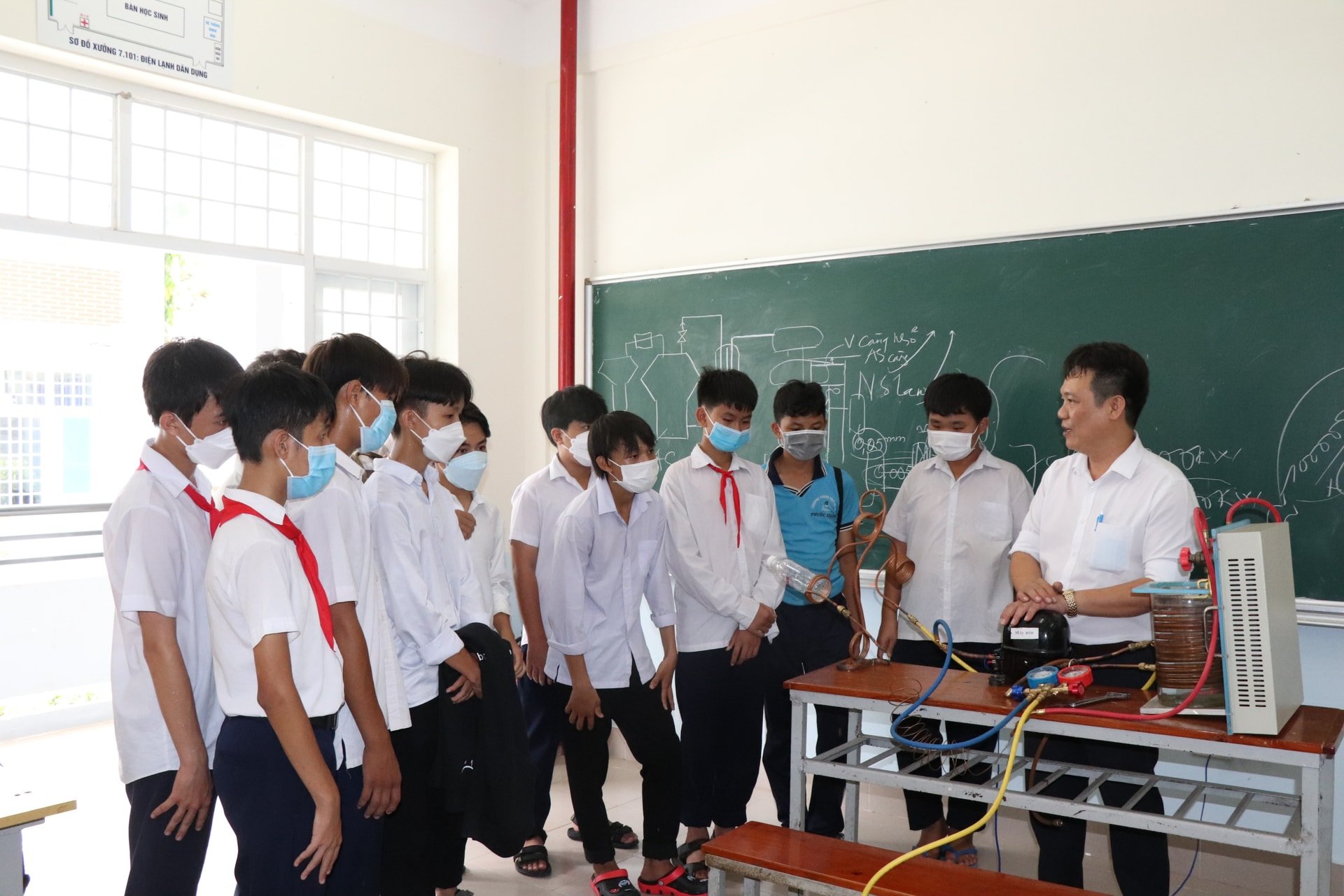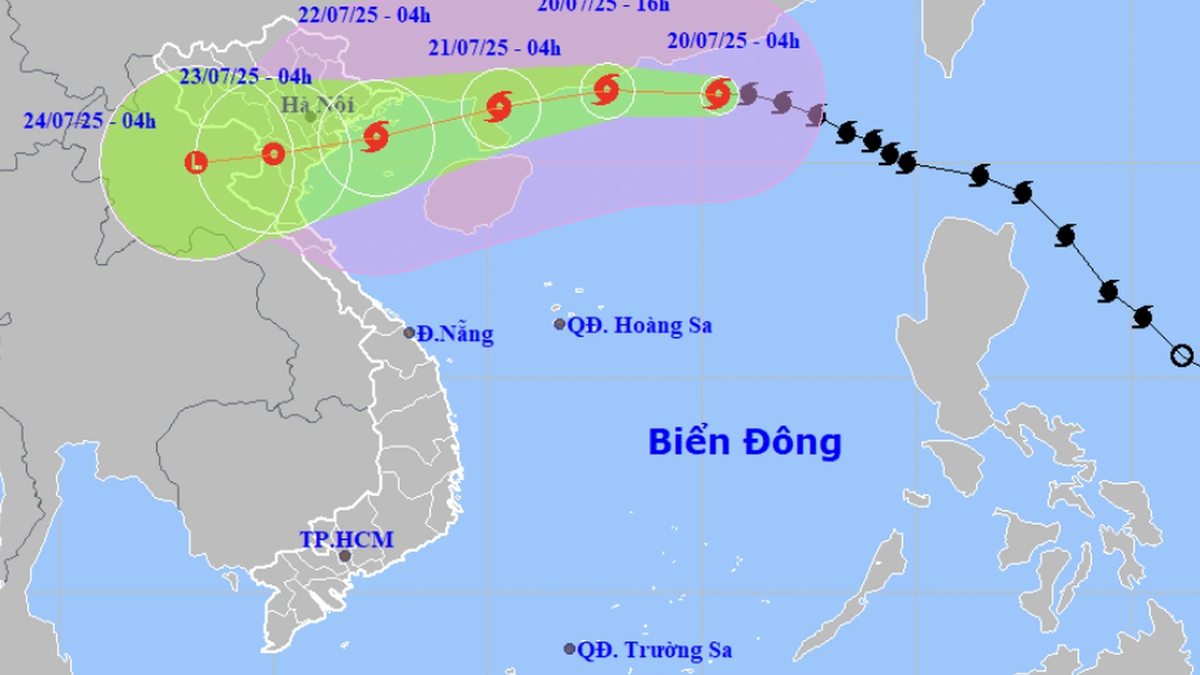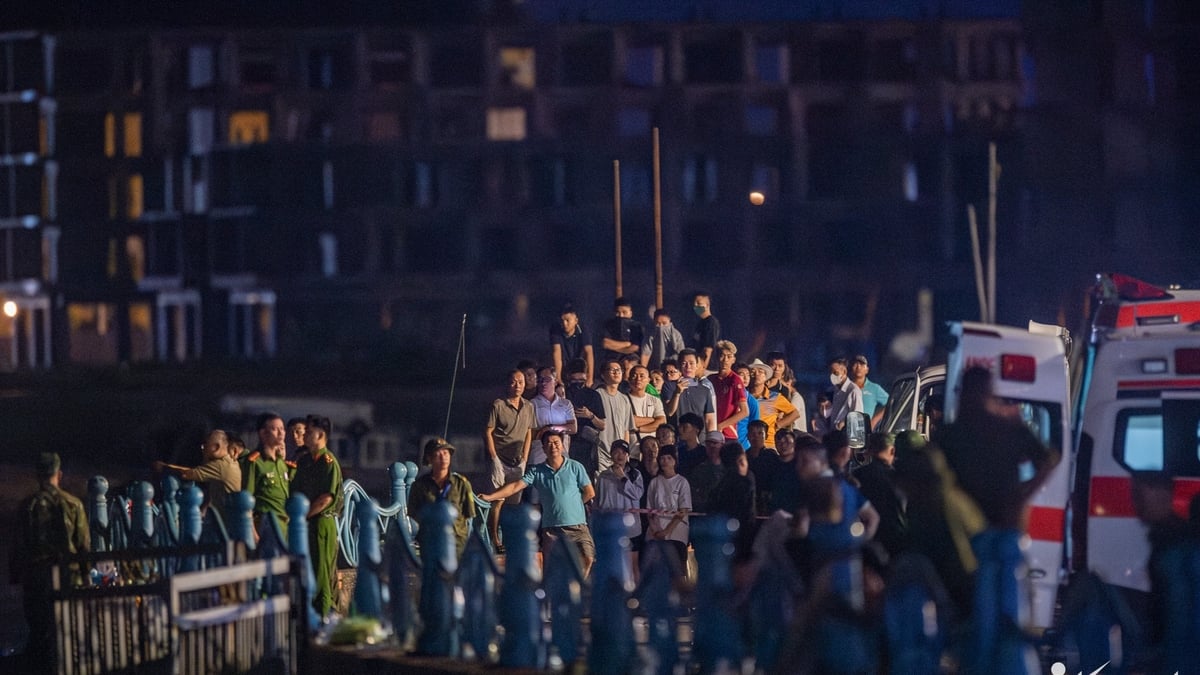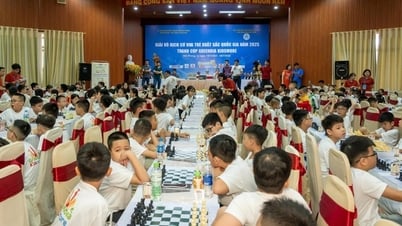The Ministry of Education and Training (MOET) said that the target of 40% of junior high school graduates and 45% of high school graduates continuing their studies at vocational education institutions (VET) is very difficult to achieve. In fact, this figure in many localities has only reached 20-30%.

Six years ago, the Prime Minister approved the Project on Career Guidance and Student Streaming in General Education for the 2018-2025 period (Project 522). This project emphasizes innovation in the content and methods of career guidance education, linking with production practices and social needs, while promoting measures to stream students after junior high school and high school into vocational education. The goal by 2025 is to strive for at least 40% of junior high school graduates to continue studying at vocational education institutions providing elementary and intermediate training; for localities with particularly difficult socio -economic conditions, the rate will be at least 30%. At least 45% of high school graduates will continue studying at vocational education institutions providing college training; for localities with particularly difficult socio-economic conditions, the rate will be at least 35%.
After more than 5 years of implementing the Project, many difficulties have been revealed. The most notable of which is the formal approach, forcing students to choose a career path. In reality, in many places, junior high schools still provide career guidance to 9th grade students in a forced manner. In Hanoi , almost every admission season, there are stories shared by parents that homeroom teachers "orient" students not to take the entrance exam to public high schools - by writing a form requesting not to take the entrance exam to public high schools. While the students and their families still want their children to continue studying at a public high school that suits their family's economic conditions. The way schools currently advise on careers is only because students who are considered to have weak or poor abilities and cannot pass the entrance exam to public high schools "should go to vocational school". At that time, for parents and students, vocational training is only a mandatory and temporary solution, and students who do not like it or are not enthusiastic will know in advance that the results will not be good. Not to mention, when students are weak in academic performance, going to vocational school but having to study both general subjects and vocational programs at the same time also puts a lot of pressure on students.
At the 8th Session of the 15th National Assembly, when discussing this issue, many National Assembly delegates said that there were many reasons for the low rate of streaming. Of which, there were 3 main reasons, namely the mentality of parents not wanting their children to study at vocational schools is still quite common; the training quality of vocational training institutions is still limited, so it has not attracted students; and career counseling and guidance work at general schools still lacks the necessary investment in both human resources and finance to innovate career counseling and guidance methods in a specialized and modern direction. These are the bottlenecks that need to be resolved if we want to increase the rate of students streaming after junior high school and high school in the coming time.
Most recently, the General Education Subcommittee, the National Council for Education and Human Resources Development held a meeting with the topic: Career education and orientation for students in secondary education institutions. Accordingly, the Project was once again assessed as focusing on innovation in the content and methods of career education, linking with production practices and social needs, while promoting measures to direct students after junior high school and high school into vocational education.
To find solutions to remove bottlenecks, experts believe that it is necessary to change society's perception of vocational training. Vocational training must meet the needs of society and ensure fairness. Only then can perceptions be changed and society be convinced. At the same time, if students want to have needs and interests in vocational guidance, 100% of teachers in schools must have full awareness of this work.
The analysis also shows that one of the main reasons why the work of streaming and orientation in schools is still facing difficulties lies in policies and resources. There are currently many limitations in financial investment, human resources and implementation tools. The team doing career guidance work is mostly amateurs, lacking specialized skills. Therefore, the most urgent solution is to have strong investment in facilities, teaching staff and to introduce specific financial policies, support career education and streaming instead of relying solely on local budgets. At the same time, it is necessary to improve the legal framework on streaming education, develop policies to support students, improve post-secondary training programs, promote the participation of the community and businesses, monitor and evaluate the effectiveness of high school student streaming. This is accompanied by a mechanism to monitor and evaluate the implementation to improve the effectiveness of the program.
Source: https://daidoanket.vn/chuyen-nghiep-hoa-cong-tac-huong-nghiep-10296297.html



































































































Comment (0)